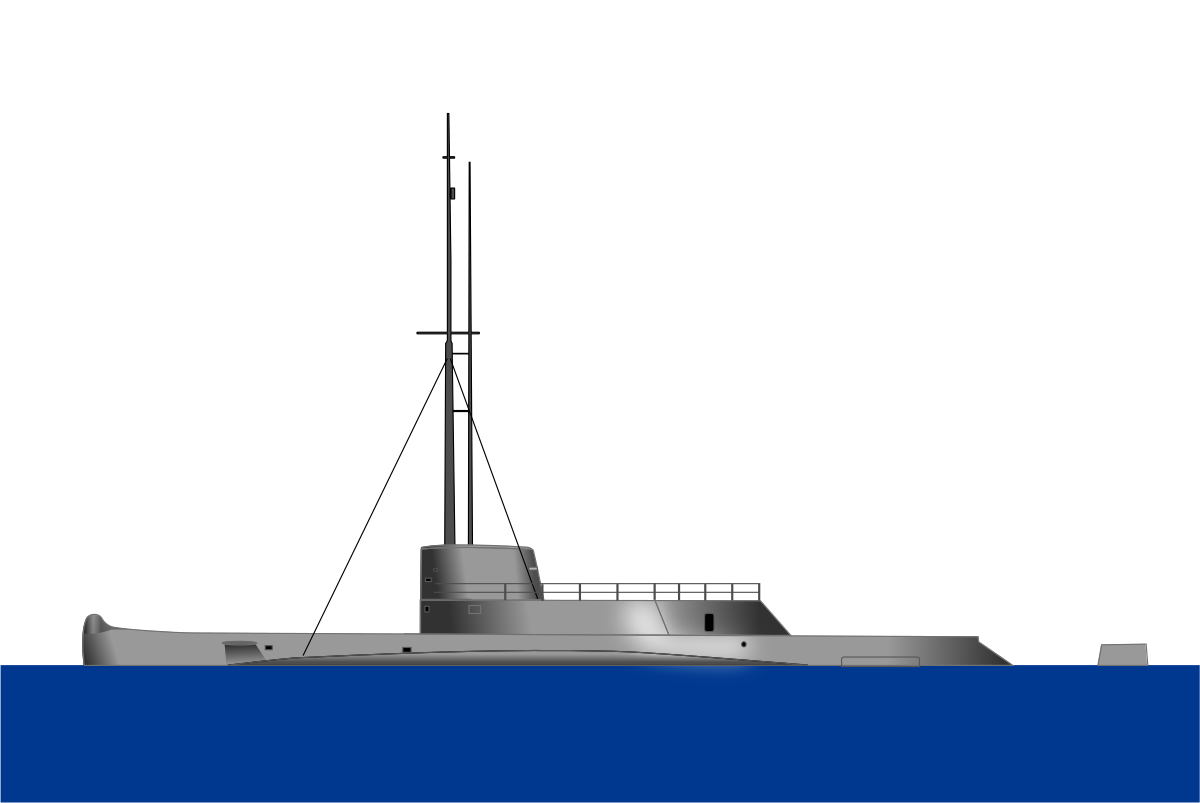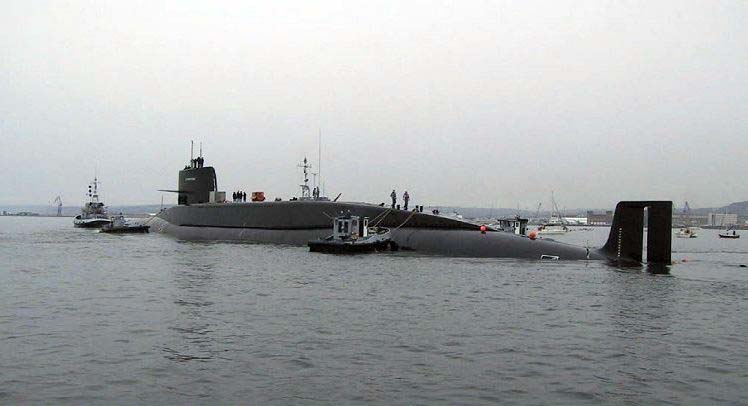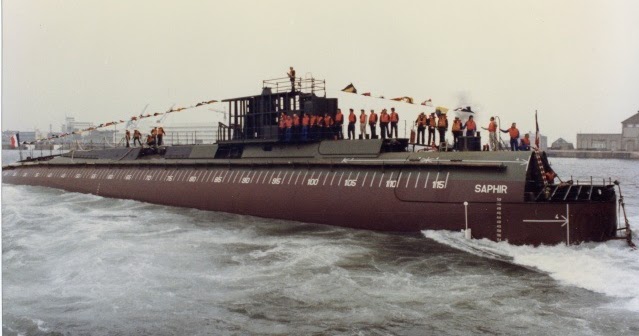I haven't seen a thread for the Rubis class per se, so two sources on the Rubis development:
A la fin des années 70, la flotte stratégique française prend corps. En septembre 1977, un cinquième sous-marin nucléaire lanceur d'engins, le Tonnant, est

www.meretmarine.com
Blog proposant souvent de suivre les programmes anciens, nouveaux de la Marine nationale et parfois de faire de même pour les marines étrangères.

lefauteuildecolbert.blogspot.com
The goal changed from an SNC (hunter) to an SNA (attack). One version of the SNA 69 would have had 18 MW for 4000 tons (688 class: initially 22 MW for 6000 tons), so this would have been interesting.
The resulting SNA 72 (Rubis) was a nuclear Agosta and according to other french documents limited in the ASW role. Not entirely clear why: small size, turboelectric drive, 20 kts with natural circulation, 25 kts max speed - essentially a much improved USS Tullibee (The US Navy never got happy with the dreict drive) . Maybe the lack of the Albacore shape, as the sonar got disturbed at higher speeds. Seems to habe been remedied with the Améthyste design and refits. Quite interesting from the mer et marine article:
"Les Agosta ne sont pas des navires très rapides. En raison de leur propulsion diésel, ils ne peuvent rester longtemps à 20 noeuds et opèrent la plupart du temps à 4, 6 ou 8 noeuds. ... Quand on entend bien à 8 noeuds, ce n'est pas forcément le cas à 20. Si la forme de l'avant n'est pas profilée, elle provoque des bruits. Il ne faut pas que le sonar soit perturbé par son propre porteur car, à partir d'une certaine vitesse, on entend beaucoup moins bien."
Given the US and UK experience, it's odd that they inituially used the Agosta shape in the design.
The Rubis have less space for supplies and crew comfort, the normal mission time is given as 45-60 days. The double-crewing probably makes more sense than for the larger SSNs with much longer missions.
For the "noisy" verdict, there's a whole passage in the mer et marine article:
"Concernant le niveau de discrétion des Rubis, Xavier Itard tient à relativiser les critiques, parfois radicales : Il est vrai que c'était une génération où, en matière de discrétion acoustique, on a fait ce que permettait la technologie de l'époque. Avec le Triomphant, nous avons fait un énorme saut, mais, sur les Rubis, les équipements étaient déjà suspendus."
I'm not sure whether this means rafting as in the RN SSN/SSBN?
Also seems there was continious work on the screw design:
"Un gros travail a, notamment, été réalisé sur les hélices, grâce aux équipements du Bassin d'Essais des Carènes de Val de Rueil (***). Les Rubis disposent aujourd'hui de pales retravaillées et profilées de manière à réduire les indiscrétions."
The version proposed for Canada would have been a stretched Améthyste with 22 instead of 14 torpedoes.
Missions:
- probably not very glorious, Rubis was supposedly involved in the operation of the rainbow warrior sinking
- The SSNs blocked the Kotor base in the Kosovo war
- Libya war: only standby (at least officially)



